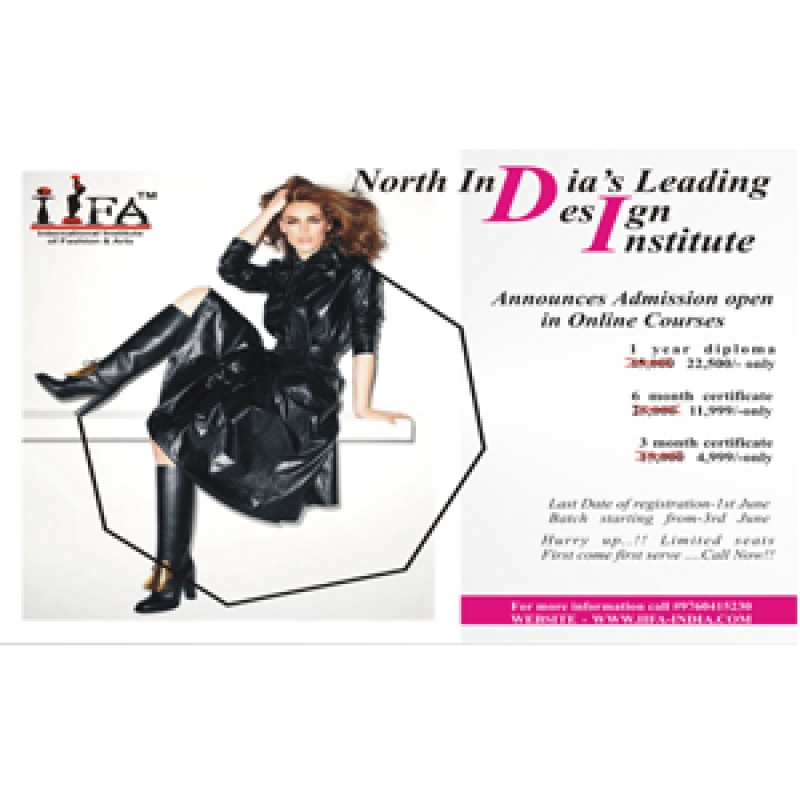What is Fashion Market Analysis?
Fashion market analysis involves evaluating the current state and trends of the fashion industry to make informed business decisions. It covers areas like consumer behavior, industry growth, market segmentation, competitor analysis, pricing strategies, and emerging trends.
1. Market Size and Growth Trends
Understanding the size of the fashion market—globally and within specific regions—is the starting point. Analysts look at historical growth, current revenue, and future projections. For example, the rise of fast fashion has led to rapid expansion in developing countries, while sustainable fashion is gaining traction in Europe and North America.
Key growth areas include:
-
E-commerce: Online fashion sales are expected to dominate, driven by mobile shopping and social media influence.
-
Sustainable fashion: Consumers are demanding eco-friendly practices and ethical sourcing.
-
Luxury fashion: This segment continues to thrive, especially in Asia, where rising incomes fuel demand for premium brands.
2. Consumer Behavior and Demographics
Understanding who is buying fashion—and why—is crucial. Demographics like age, gender, income level, and location influence purchasing patterns. Millennials and Gen Z consumers, for example, are more likely to seek authenticity, inclusivity, and sustainability from fashion brands.
Key behavioral trends:
-
Digital-first shopping: Consumers use social media and influencers to discover new trends.
-
Personalization: Shoppers prefer brands that offer customized products and experiences.
-
Value-driven choices: Ethical labor practices and environmental impact now influence purchase decisions.
3. Competitive Landscape
Analyzing competitors helps brands understand their position in the market and identify potential opportunities or threats. This includes:
-
Market leaders: Big players like Zara, H&M, Nike, and LVMH set trends and often lead in innovation.
-
Niche brands: Smaller, digital-native brands cater to specific markets (e.g., sustainable activewear or plus-size fashion).
-
Emerging designers: New talents are reshaping the industry by focusing on unique identities, cultural roots, and digital storytelling.
A SWOT analysis (Strengths, Weaknesses, Opportunities, Threats) is often used to assess competitive positioning.
4. Trends and Innovation
Fashion is driven by constant change. Market analysis tracks current and emerging trends to help brands stay ahead. Key areas of innovation include:
-
Tech-integrated fashion: Smart fabrics, wearable tech, and augmented reality fitting rooms.
-
AI and data analytics: Predictive analytics help forecast demand and manage inventory.
-
Sustainability: Biodegradable materials, circular fashion, and zero-waste production methods are gaining popularity.
Fashion weeks, influencer culture, and street style also serve as key sources for trend forecasting.
5. Market Segmentation
Segmenting the market allows companies to target specific customer groups more effectively. Common segments include:
-
Fast Fashion: Affordable, trendy clothes with quick turnover (e.g., Shein, Primark).
-
Luxury Fashion: High-end brands offering exclusivity and quality (e.g., Gucci, Chanel).
-
Athleisure: Combining athletic wear with casual fashion (e.g., Lululemon, Nike).
-
Sustainable Fashion: Environmentally conscious and ethically produced clothing (e.g., Patagonia, Reformation).
Each segment has different customer expectations, pricing strategies, and marketing approaches.
6. Challenges and Opportunities
The fashion market faces several challenges:
-
Supply chain disruptions
-
Overproduction and waste
-
Counterfeiting and IP issues
-
Changing consumer expectations
At the same time, there are major opportunities:
-
Expansion into emerging markets
-
Growth of resale and rental fashion
-
Virtual fashion and metaverse commerce
Conclusion
Fashion market analysis provides a comprehensive look at the forces shaping one of the world’s most influential industries. By understanding the market's size, consumer behavior, competition, and trends, fashion businesses can craft more strategic and sustainable paths to success. In a world where trends change in a heartbeat, staying informed is not just an advantage—it’s a necessity.



















Your Message